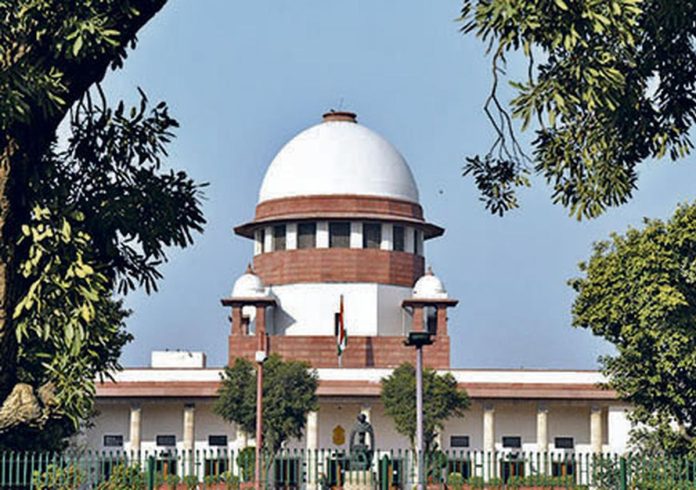In a startling revelation that raises concerns about transparency and accountability in the Indian judiciary, only 12% of High Court judges have declared their assets publicly. Despite growing public demand for judicial integrity, the vast majority of judges in India’s higher judiciary continue to sidestep voluntary disclosure norms.
In This Article:
This data has emerged at a time when the Supreme Court of India is taking significant steps to tighten asset disclosure norms, compelling judges to be more transparent about their wealth and income sources.
New Guidelines Mandate Asset Declaration to CJI
In a major move towards judicial transparency, the Supreme Court recently introduced new norms requiring all incoming SC judges to declare their assets to the Chief Justice of India (CJI) before assuming office. This directive aims to institutionalize accountability and minimize public suspicion regarding the conduct of judges.
The move comes in the wake of growing public concern and media scrutiny, especially following recent incidents involving alleged financial irregularities linked to members of the judiciary.
Justice Yashwant Varma Case Rekindles Demand for Transparency
The issue of judicial asset disclosure resurfaced prominently after Justice Yashwant Varma, a Delhi High Court judge, faced allegations regarding cash stashed at his residence. Although no concrete charges were filed, the situation reignited the debate on the opaque nature of judicial assets and the reluctance of judges to disclose them.
Historical Context of Asset Disclosure in Judiciary
The debate over judicial asset disclosure is not new. In 2009, following public outcry, some Supreme Court and High Court judges began to voluntarily upload asset declarations online. However, this was not mandatory, and over time, the number of disclosures has dropped drastically.
- Out of over 600 High Court judges across India, fewer than 75 have made their assets publicly available.
- There are no statutory obligations compelling judges to disclose their financial assets.
- Judicial accountability is governed more by convention than legislation.
The Disparity Between the Judiciary and Other Public Offices
Unlike ministers, Members of Parliament, and bureaucrats who are bound by clear asset disclosure laws, judges in India continue to operate under self-regulated conventions. This disparity further fuels suspicions of selective accountability and undermines public trust in the judicial system.
Key Observations:
- No statutory enforcement of public disclosure of assets by judges.
- SC judges are now bound to declare assets to the CJI, but not necessarily to the public.
- Several High Courts have no published list of judicial asset declarations.
Public Perception and the Role of Social Media
Prominent legal voices and civil society activists have taken to social media to express concern. Advocate K.L. Patil, in a recent viral post on X (formerly Twitter), noted:
“Only 12% of judges declaring assets is not just a statistic—it’s a crisis of credibility.”
A Call for Legislative Intervention
With public trust at stake, many legal scholars and transparency advocates are calling for legislative intervention to make asset declarations mandatory for all judges—Supreme Court, High Court, and even lower judiciary. Legal experts argue that such disclosure must also include:
- Movable and immovable assets
- Assets held in the name of spouses and dependents
- Yearly updates to ensure accountability
The Supreme Court’s Public Asset Declaration Portal
While the Supreme Court has a dedicated portal where judges can voluntarily upload their asset declarations, the update frequency and completeness of the data remain inconsistent. Moreover, many declarations lack granular details, further reducing their utility for public scrutiny.
Moving Ahead: Time to Institutionalize Transparency
The judiciary is the guardian of the Constitution and the last bastion of democracy. Yet, when it comes to financial transparency, it appears to lag behind other democratic institutions. The recent push by the Supreme Court to institutionalize asset disclosure norms is a step in the right direction, but it needs to go further.
Mandatory, periodic, and public disclosure of assets by all judges must become law—not just a matter of personal discretion. Without such measures, the public’s confidence in the judiciary may continue to erode.
Final Thoughts:
- Judicial independence and public accountability must go hand in hand.
- Transparency is not a threat to the judiciary—it is its strength.
- The time for voluntary compliance is over; the era of mandated transparency must begin.
By – Nikita




